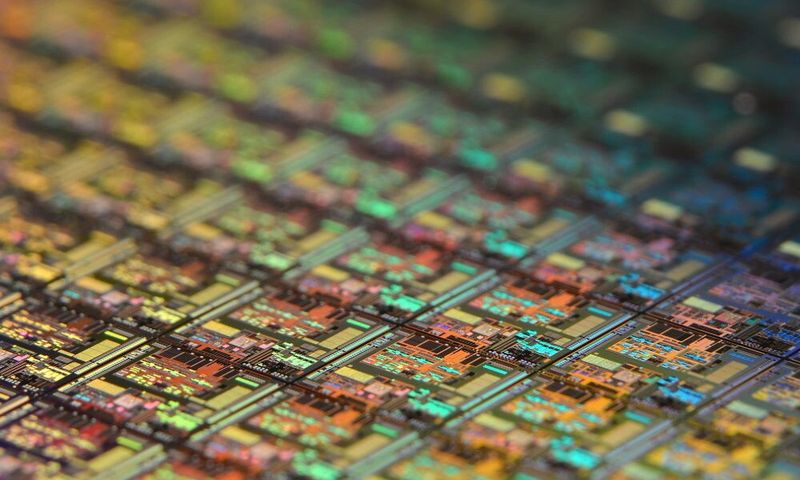SMIC, currently China’s largest chipmaker, says it has signed an agreement with the Chinese government to build a new fab. A very large one, with an investment of $2.35 billion, they hope will be key to the Chinese semiconductor push.
In the south of the country, in the city of Shenzhen, they will build this manufacturing plant to cushion the global chip shortage. Due to various factors, such as an erroneous forecast, there is currently a significant shortage of chips that are wreaking havoc in other industries such as the automobile industry. In any case, we will only see the effects of the new factory in the medium term, when it is finished and starts shipping wafers.
According to SMIC’s forecasts, the Shenzhen fab will focus on technologies that are already mature in the market, such as 28-nanometer chip manufacturing (we are currently at 5 nanometers). The target is to produce 40,000 12-inch wafers per month. Production at the new fab is expected to start in 2022.
The 28-nanometer architecture, although it has been around for almost a decade, has become a perfect fit for larger devices such as televisions or vehicles. Why? Because it is cheaper to manufacture than smaller architectures. Also, in devices such as a television or cars, size and power are not as important as they are in a cell phone or a computer.
Independence from China

The factory will have a 23% stake by the Shenzhen government, which is putting a significant amount of money into the construction of the factory. This investment by the state is no coincidence; It comes just at a time when China is betting heavily on developing its semiconductor industry. Among other things, because it is part of a larger plan to make China a technology leader. A plan that ByteDance also wants to take advantage of.
China is looking to invest heavily in a local processor industry so as not to be so dependent on foreign companies. We have recently seen the reason for this with Huawei. Being blacklisted by the United States it cannot use technologies from US companies either, as a consequence, it has run out of chips as it cannot collaborate with Qualcomm, Intel, or the manufacturer TSMC among others.




